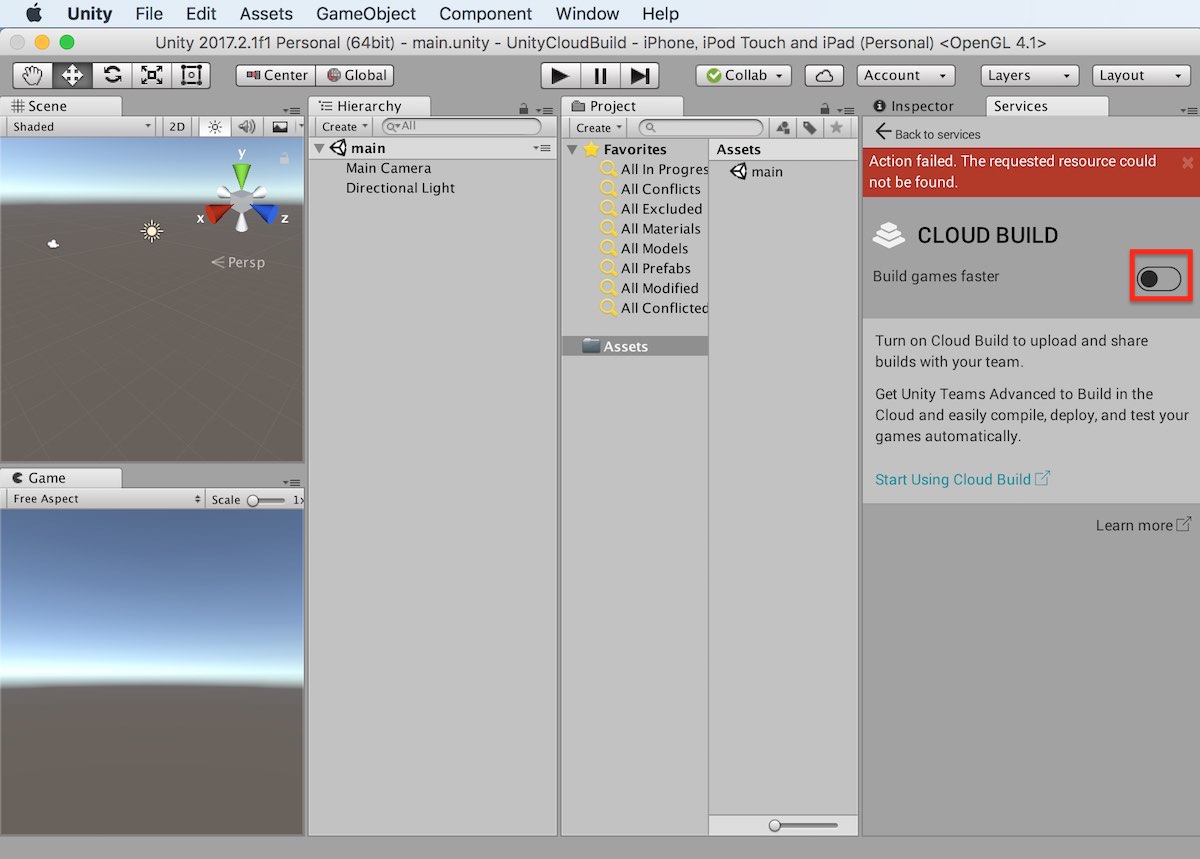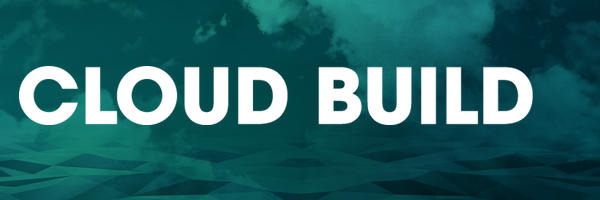

To test the build manifest functionality locally, name your file Unit圜 (but don’t commit this file to your project’s Assets/Unit圜loud/Resources folder in your code repository, because it might interfere with the Unity Cloud Build manifest file). The manifest TextAsset, called Unit圜loudBuildManifest.json, is written to the Assets/Unit圜loud/Resources folder. The name of the build target that was built. The version of XCode used to build the project (iOS only). The version of Unity that Unity Cloud Build used to create the build. The bundleIdentifier configured in Unity Cloud Build (iOS and Android only). This can be used for example to change the values of Version (CFBundleShortVersionString) and Build (CFBundleVersion) in an Xcode project from within Unity, as a build post-process. The UTC timestamp when the build process was started. This is useful when you want to edit the ist of an Xcode project built by Unity when building for iOS. The Unity Cloud Build “build number” corresponding to this build. The build manifest contains the following values: Value:

This is stored as a game resource, accessible via Resources.Load(). See in Glossary manifest is provided as a JSON formatted TextAsset. The Unity Cloud Build A continuous integration service for Unity Projects that automates the process of creating builds on Unity’s servers. See in Glossary injects a “manifest” into your game at build time, so that this key data can be accessed later at runtime. To help facilitate this, Unity Cloud Build See Cloud Build More info Information like the name and number of the build is very useful when reporting bugs or tracking analytics A data platform that provides analytics for your Unity game. It’s often useful for your game’s run-time code to know key information about the build itself.


 0 kommentar(er)
0 kommentar(er)
